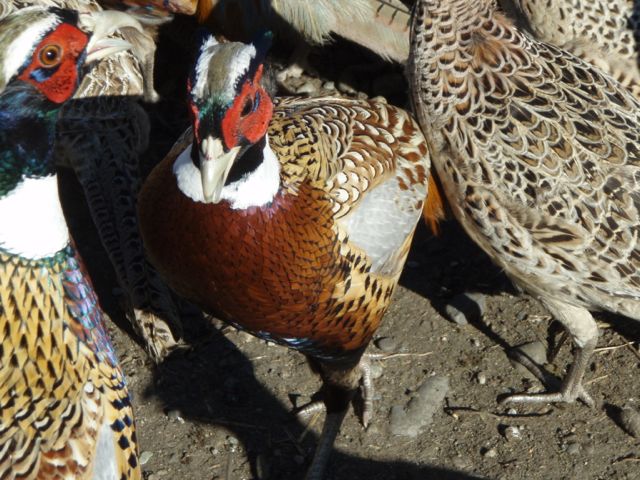By Tom Rohrer
 According to nearly 4,500 Western Washington hunters, there’s a certain thrill in hunting a pheasant.
According to nearly 4,500 Western Washington hunters, there’s a certain thrill in hunting a pheasant.
The bird moves quickly and rapidly into the air when disturbed, leaving a marksman little time to aim, fire and bring it down in a sporting fashion.
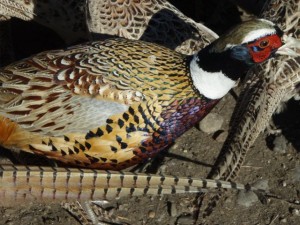
In order to accommodate the demand for pheasant hunting west of the cascade mountain range, the Washington Department of Fish and Wildlife maintains a pheasant release program that eventually delivers birds to specific areas throughout the region.
Before these birds are released into the wild, they are hatched and raised at the Bob Oke Game Farm in Centralia.
Formerally known as the Lewis County Game Farm, the Bob Oke facility collects nearly 50,000 pheasant eggs per year with the hopes of raising and releasing 40,000 fully grown birds into the wild.
Much like a large scale poultry farm, Bob Oke uses automated incubators and hatchers to raise birds and weed out underdeveloped eggs that could cause wide scale disease among pheasants at the facility.
In their 22 month period on the farm, pheasants will be hatched, raised and allowed to congregate outside in free range pens (that are covered to prevent the birds from flying away) before they’re released.
The program is used to combat a population shortage of the animal, which has been caused by factors such as the wet climate and decreasing amounts of traditional farm land on the west side of the state.
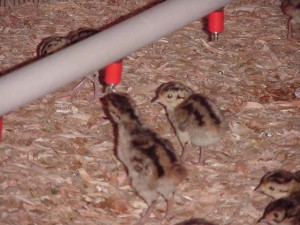
“Because of wet springs and a shortage of old style farming land on the west side, pheasant aren’t able to support a self-sustaining population in Western Washington,” said Brian Calkins of the Washington Department of Fish and Wildlife. “Because of that, we have maintained this one game farm and enlarged it as others have closed. We’ve enlarged the Bob Oke facility to handle the release program in the region.”
The facility is named after former Washington State Senator Bob Oke, who displayed advocacy for upland bird hunting and the Western Washington Pheasant Release Program while in office. Such a program and a facility, like the Bob Oke Game Farm, are necessities for local pheasant hunters.
“There wouldn’t be pheasant hunting in Western Washington without the program,” said Calkins. “It is very popular with hunters who use the program. You’re always going to get mixed opinions on each specific issue or program. But with the hunters who do use it, they support it very strongly. Many volunteer to help us release the birds and then volunteer work for maintenance issues at the game park.”
Two full-time employees oversee the game park at all times during the year while three other seasonal employees are on-site for a time period ranging from five to nine months.
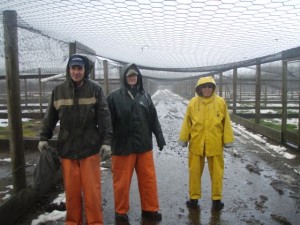
With a large population of birds living near each other comes the threat of disease. Employees must wash their feet off when entering certain areas of the game park.
“Disease, the health of the birds, we’re monitoring those things constantly,” Calkins said.
After the birds fully develop, they’re shuttled off to designated areas throughout Western Washington. Once on site, the process moves forward easily.
“The birds are collected on the game farm in our collection area, and they’re slowly moved into a tunnel shoot where they’re collected by hand and placed into crates,” said Calkins. “Then, they’re loaded onto a truck or trailer and transported to sites. We scatter them throughout the site and that usually takes about only an hour. We want the birds to be spread out, which spreads the hunters out as well.”
Delivery locations are based on a strong local hunting population and the habitat characteristics required for a pheasant population to sustain itself. Pheasants populate areas with hiding cover featuring tall grass and shrubs.
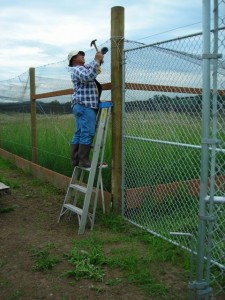
According to Calkins’s figures, 4,400 hunters registered for licenses within the program in 2012. Calkins said that those figures have increased, albeit slightly, since 2010. The program does not receive general tax dollars and must rely on licenses in order to cover the costs of operations.
“I think it’s going to steadily keep improving and we’ve seen that in recent years,” said Calkins. “When we raised the fee (to cover the programs costs), we lost some hunters. Anytime you raise license fees in hunting, you’ll lose some participation. But we’ve been increasing since then and it’s clear the demand is there.”
Due to the increase in bird population at the Bob Oke Game Farm, the public is no longer allowed to visit and tour the facility, since visitors would pose health risks to the birds. However, Calkins noted that individuals who have purchased licenses or have an interest in the pheasant release program can volunteer their services for maintenance at the game farm or in the releasing of the pheasants into the wild.
For more information on the state’s pheasant release program, visit http://wdfw.wa.gov/hunting/pheasant/western/ or contact Brian Calkins at 360-807-6211.






































